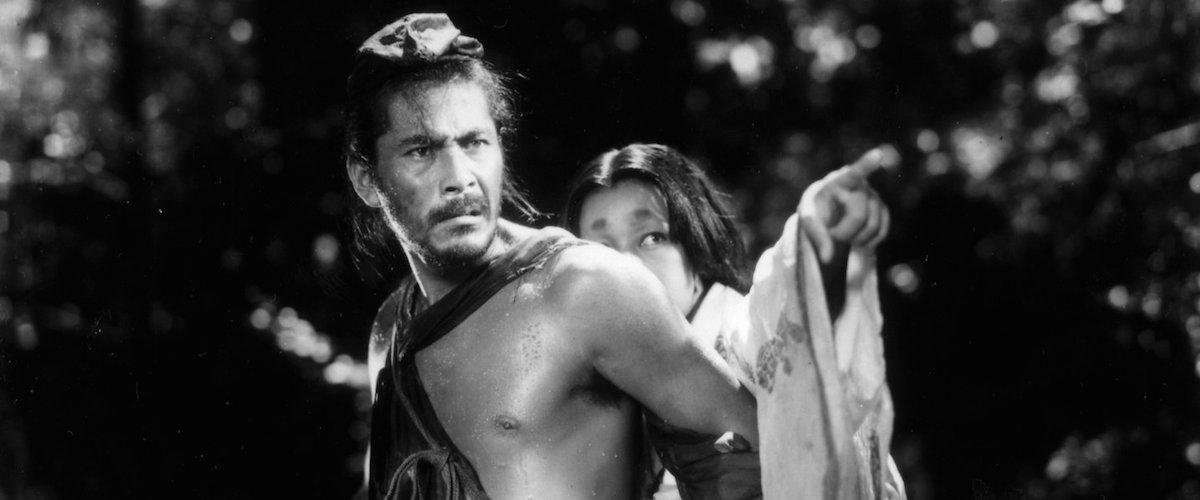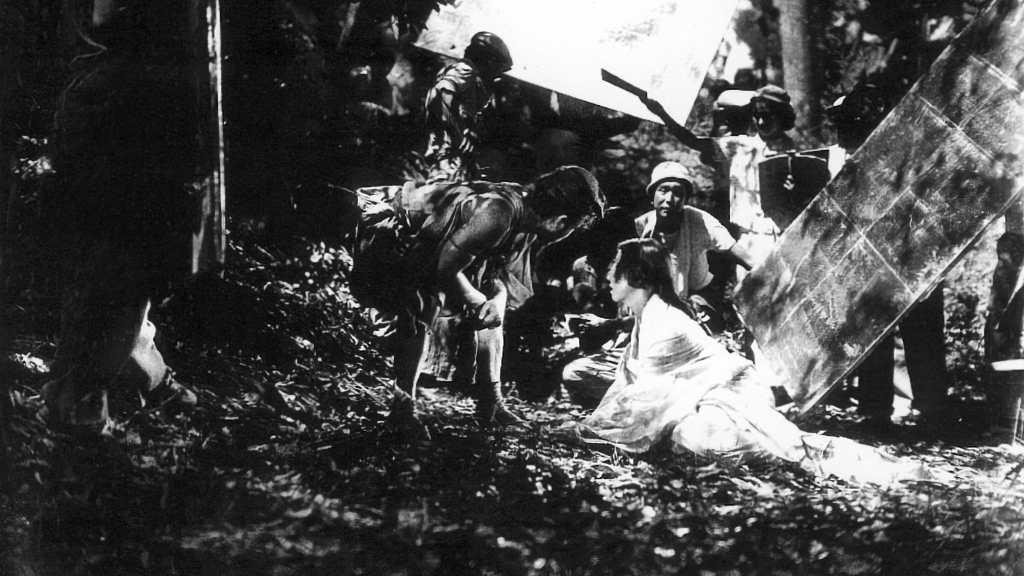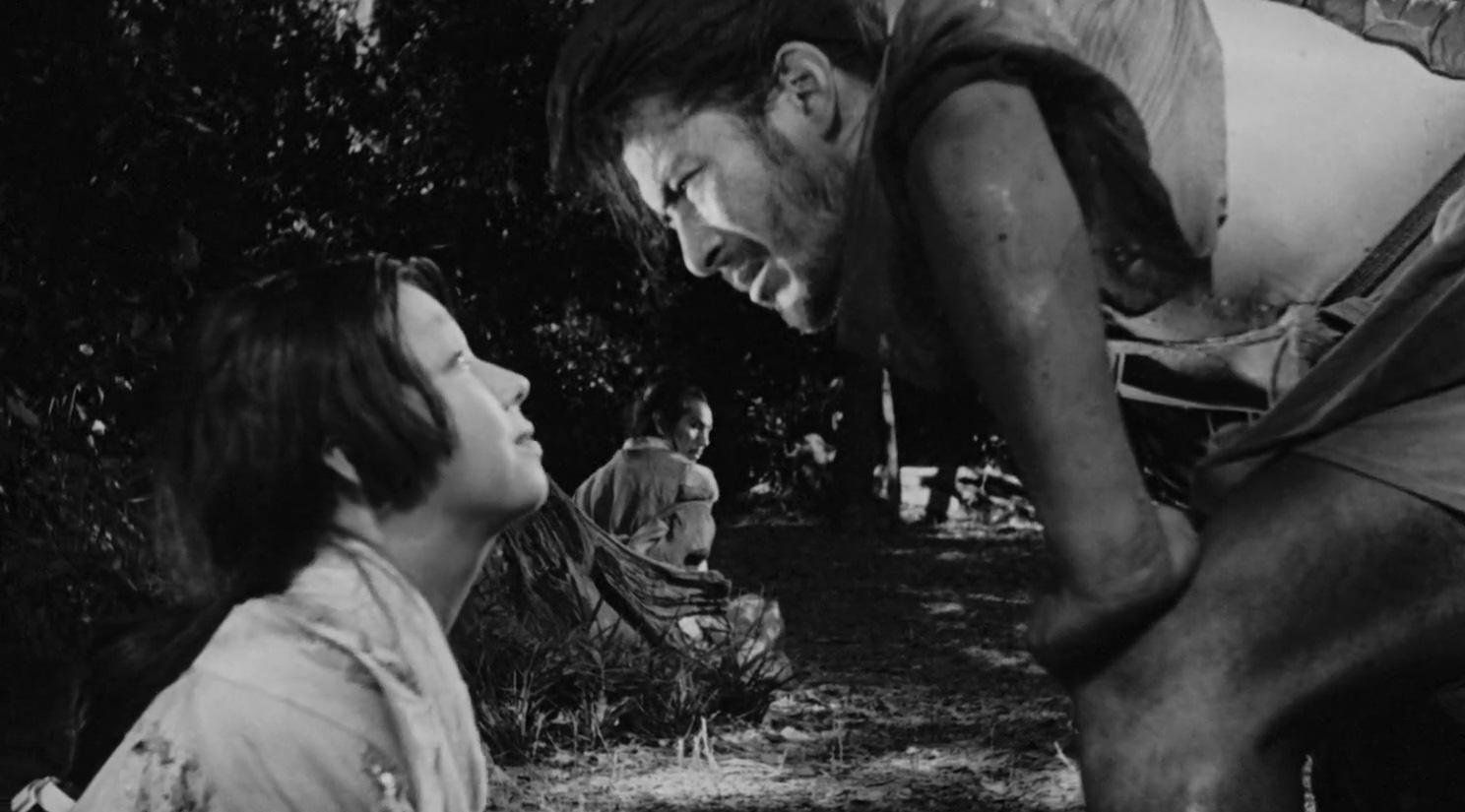Exploring the Multiple Perspectives of Akira Kurosawa’s ‘Rashomon’ – A Timeless Masterpiece
Akira Kurosawa’s 1950 classic film “Rashomon” is one of the most celebrated works in the history of cinema. The film’s unique narrative structure, in which multiple characters provide conflicting accounts of a single event, has inspired countless filmmakers and writers over the years. However, the true brilliance of “Rashomon” lies in its ability to explore the nature of truth and the complexity of human perception. In this article, we will delve deep into the different perspectives offered by this timeless masterpiece and examine how they continue to captivate audiences to this day.
Akira Kurosawa’s 1950 classic film “Rashomon” is one of the most celebrated works in the history of cinema. The film’s unique narrative structure, in which multiple characters provide conflicting accounts of a single event, has inspired countless filmmakers and writers over the years. However, the true brilliance of “Rashomon” lies in its ability to explore the nature of truth and the complexity of human perception. In this article, we will delve deep into the different perspectives offered by this timeless masterpiece and examine how they continue to captivate audiences to this day.

Introduction to Akira Kurosawa and his film Rashomon
Akira Kurosawa is a legendary Japanese filmmaker, known for his masterful direction and storytelling. One of his most famous works is the film Rashomon, which tells the story of a murder and rape in medieval Japan from the perspectives of four different characters. The film is renowned for its innovative use of multiple perspectives, which was ground-breaking for its time. Kurosawa’s direction, combined with excellent performances by the cast, makes Rashomon a timeless classic of cinema that continues to inspire filmmakers to this day.
Overview of the plot and main characters in Rashomon
Rashomon is a cinematic masterpiece directed by Akira Kurosawa that tells the story of a heinous crime from multiple perspectives. The plot revolves around the death of a samurai and the rape of his wife in a dense forest. The four main characters are the samurai, his wife, a bandit, and a woodcutter. Each character offers a different version of what happened, leaving the audience to question the truth. The film tackles the theme of subjectivity and the complex nature of truth. Rashomon is a must-watch for cinema lovers who appreciate a thought-provoking plot and stunning cinematography.
The concept of perspectives and how it is used in the film
Akira Kurosawa’s Rashomon is a prime example of how the concept of perspectives can be used to great effect in film. The film’s story is told from the perspectives of several different characters, each with their own biases and interpretations of the events that unfolded. By doing so, Kurosawa challenges the audience to question the very nature of truth and the reliability of human perception. This technique not only adds depth to the characters, but also creates a multi-layered and thought-provoking narrative that stays with the viewer long after the credits roll.

Analysis of the first perspective presented in the film
In Akira Kurosawa’s Rashomon, the first perspective presented in the film is that of the woodcutter. His testimony is one of the most reliable among the four perspectives. He is portrayed as an honest and hardworking man who stumbled upon the crime scene while he was working in the forest. His account of the murder is straightforward and he did not try to embellish it with any subjective interpretation. However, his testimony is also limited by his inability to provide a clear motive for the crime. Nonetheless, the woodcutter’s perspective is crucial in establishing the basic facts of the case and provides a solid foundation for the subsequent perspectives to be analyzed.
Analysis of the second perspective presented in the film
In Akira Kurosawa’s Rashomon, the second perspective presented in the film provides a different and conflicting version of the events that occurred. Through the eyes of the bandit Tajomaru, the audience sees a story filled with passion, lust, and violence. The perspective highlights the character’s selfishness and lack of remorse, providing a contrast to the previous perspective given by the woodcutter. Kurosawa’s use of multiple perspectives in Rashomon serves as a commentary on the subjective nature of truth and human perception. The film’s exploration of truth and its complexities make it a timeless classic in the history of cinema.
Analysis of the third perspective presented in the film
Akira Kurosawa’s Rashomon is a classic film that challenges the viewer’s perception of truth. The film presents multiple perspectives of a single event, highlighting the subjective nature of truth. The third perspective presented in the film is particularly interesting, as it is presented by a character who was not present at the event in question. This perspective adds an extra layer of complexity to the story, as the character’s perspective is influenced by the other perspectives presented in the film. Analyzing this third perspective allows for a deeper understanding of the themes of Rashomon, such as the subjectivity of truth and the human tendency to create narratives to explain the world around us.

How the film challenges the idea of objective truth
Akira Kurosawa’s Rashomon is a masterpiece that challenges the idea of objective truth. The film tells the story of a crime from four different perspectives, each one contradicting the others. The audience is left to decide which version, if any, is the truth. Kurosawa’s use of subjective storytelling creates a sense of unease and ambiguity, highlighting the fallibility of memory and perception. The film is a powerful examination of the nature of truth and how it can be manipulated by our own biases and subjectivity. Rashomon remains a classic example of how cinema can be used to explore complex philosophical ideas.
The film’s impact on cinema and storytelling
Akira Kurosawa’s Rashomon has left an indelible impact on cinema and storytelling. The film’s unconventional narrative structure, where different characters recount their versions of a single event, challenged the traditional linear storytelling format. This approach has since been adopted by many filmmakers, revolutionizing the way stories are told on screen. Rashomon’s influence on cinema extends beyond its narrative, as Kurosawa’s masterful direction and visual style have inspired countless filmmakers. The film’s legacy is evident in the countless awards it has won, and its continued relevance in contemporary cinema.
Critical reception and awards for the film
Akira Kurosawa’s Rashomon is considered a masterpiece of world cinema. The film was released in 1950 and immediately garnered critical acclaim from both domestic and international audiences. It won the Golden Lion award at the Venice Film Festival in 1951, bringing global recognition to Kurosawa and Japanese cinema. Rashomon also won the Academy Award for Best Foreign Language Film in 1952, cementing its status as a classic. Even today, Rashomon is considered one of the greatest films ever made, known for its innovative storytelling and exploration of truth, human nature, and perspective.
Conclusion and final thoughts on Rashomon and its perspectives
In conclusion, Rashomon is a masterpiece that embodies the genius of Akira Kurosawa. The film’s use of multiple perspectives to depict the same event is innovative and creates a sense of ambiguity that keeps the audience engaged throughout. Not only does it explore the concept of truth, but it also delves into the human condition and the complexities of morality. The performances of the actors are impeccable, and Kurosawa’s direction is masterful. Rashomon is a must-see for any cinema lover and serves as a timeless reminder of the limitless possibilities of the art form.
For more information about Akira Kurosawa Rashomon perspectives, including movie details, cast information, etc..
check out the filmaffinity page.



